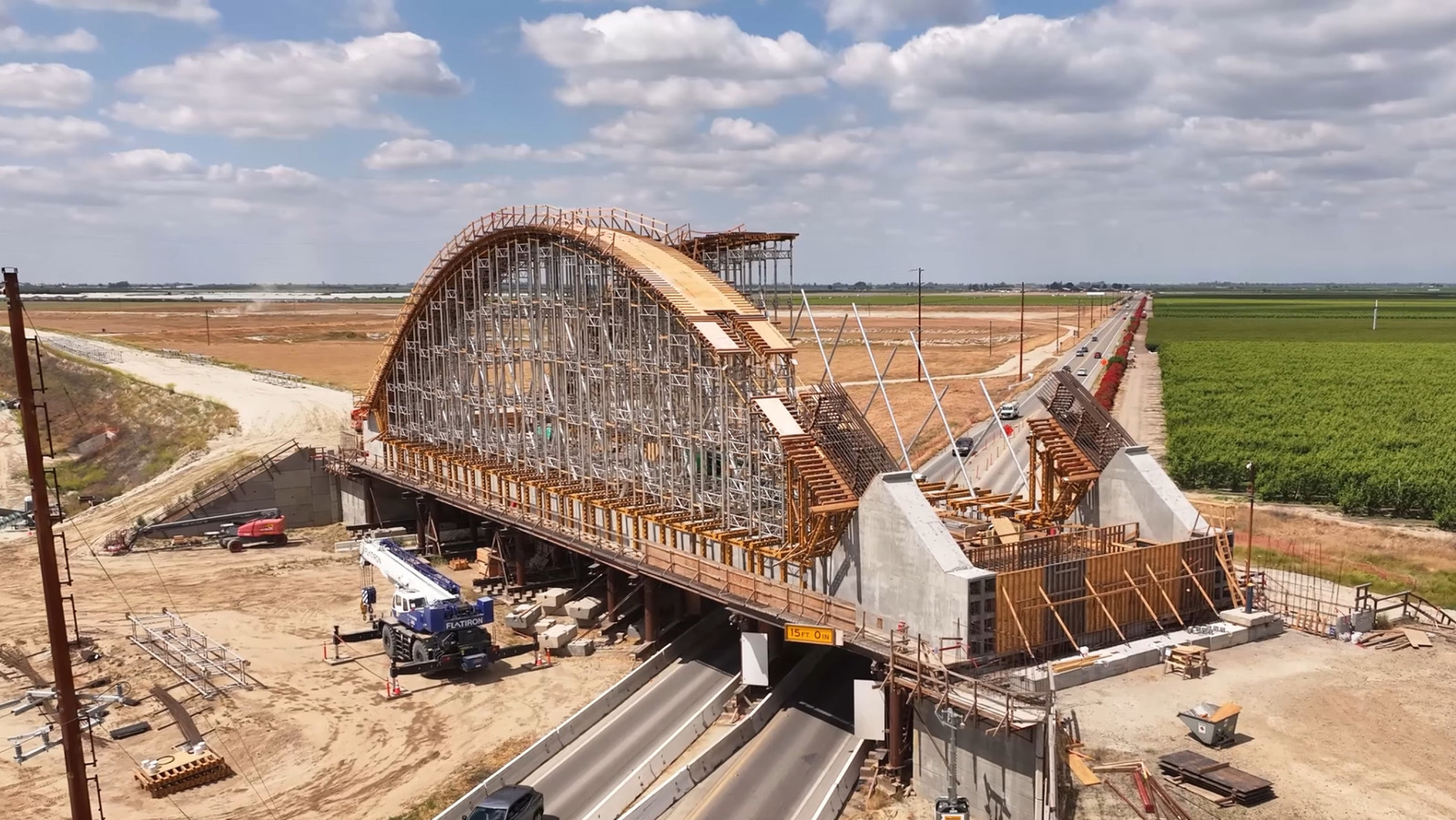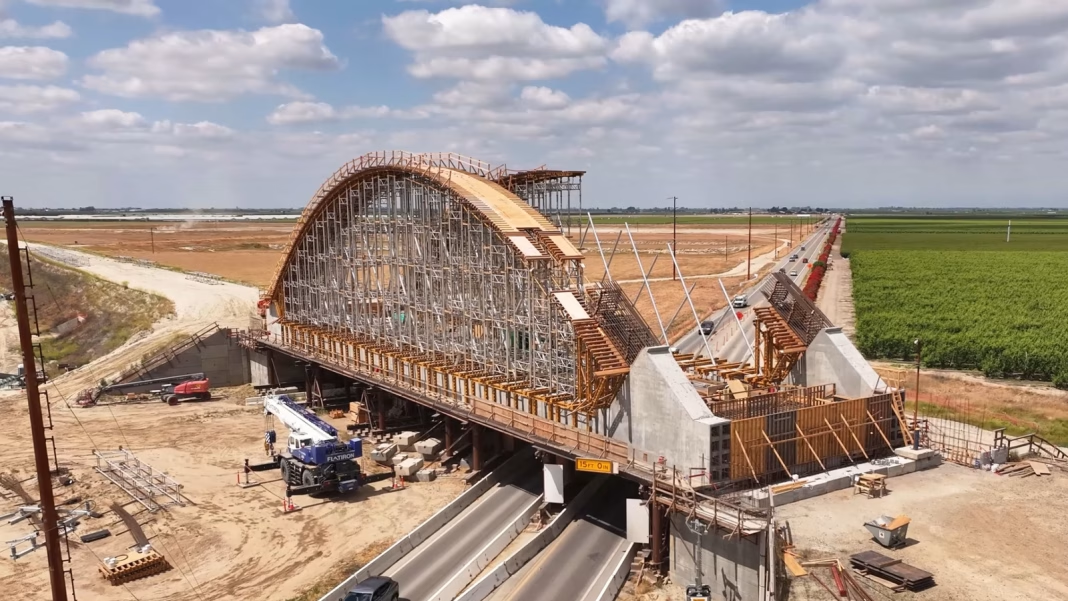The California high-speed rail project has been a topic of heated debate and scrutiny since its inception. Initially envisioned as a groundbreaking transportation solution, it now faces significant challenges that have led to a staggering increase in projected costs. At worst, estimates suggest that the project has doubled its initial budget, raising eyebrows and concerns among taxpayers and stakeholders alike.
What Went Wrong with the High-Speed Rail Project?
When the California high-speed rail was first proposed, it was touted as a revolutionary way to connect major cities like San Francisco and Los Angeles in a matter of hours. The promise of a sleek, efficient train system captured the imagination of many. However, as with many ambitious infrastructure projects, the reality has proven to be far more complicated.
One of the primary issues has been the underestimation of costs. Early projections were overly optimistic, failing to account for the myriad of challenges that would arise during construction. From land acquisition disputes to environmental regulations, these unforeseen obstacles have contributed to ballooning expenses. A report from the California Legislative Analyst’s Office highlighted that the costs have escalated due to delays and changes in project scope, leading to a budget that is now nearly double what was originally anticipated.
Why Are Costs So High?
Several factors contribute to the soaring costs of the high-speed rail project. First, California’s unique geography presents significant engineering challenges. The need to navigate mountains, valleys, and urban areas has led to complex construction requirements that were not fully anticipated in the initial planning stages.
Additionally, political factors have played a role. The project has faced opposition from various groups, leading to legal battles and delays. Each setback not only adds to the timeline but also increases costs as contractors and workers are kept on hold or forced to adapt to changing plans.
Moreover, inflation and rising labor costs have compounded the financial strain. As the project drags on, the cost of materials and labor continues to rise, further stretching the budget. This situation raises a crucial question: Is the investment worth it?
Is High-Speed Rail Still a Good Investment?
Despite the challenges, proponents argue that the high-speed rail project is still a worthwhile investment for California. They point to the long-term benefits of reducing traffic congestion, lowering greenhouse gas emissions, and providing a reliable transportation alternative. For instance, studies have shown that high-speed rail can significantly decrease travel times, making it an attractive option for commuters and travelers alike.
However, critics remain skeptical. They question whether the state can realistically manage the escalating costs and whether the project will ever be completed as originally envisioned. The ongoing debate reflects a broader conversation about infrastructure investment in the U.S. and the balance between ambitious projects and fiscal responsibility.
What’s Next for the California High-Speed Rail?
Looking ahead, the California high-speed rail project will need to navigate a complex landscape of funding, public opinion, and logistical challenges. State officials are exploring various funding options, including federal assistance, to help cover the increased costs. However, securing these funds may require a shift in public perception and a renewed commitment to transparency and accountability.
As the project continues to unfold, it serves as a case study in the complexities of large-scale infrastructure initiatives. The lessons learned from California’s experience could inform future projects across the nation, emphasizing the importance of realistic budgeting, stakeholder engagement, and adaptive planning.
The big takeaway? The California high-speed rail isn’t about perfection—it’s about smarter adjustments. Start with one change this week, and you’ll likely spot the difference by month’s end.


